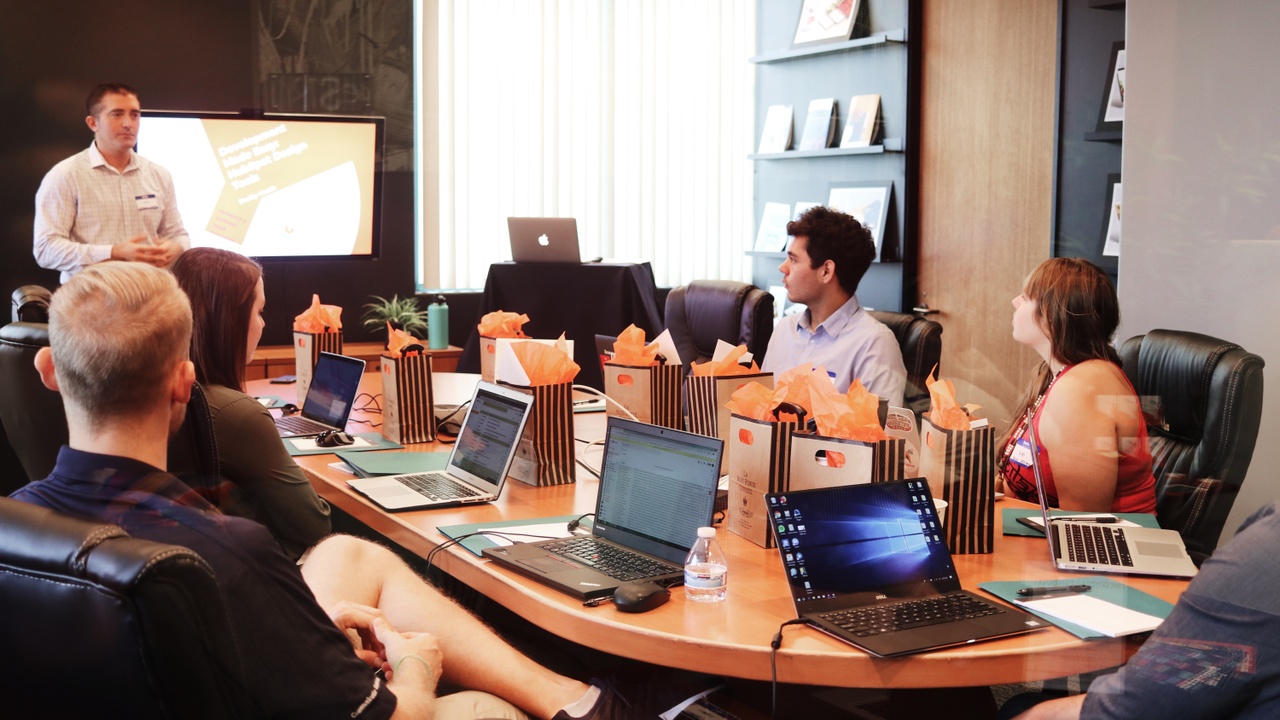How to Manage Change with Confidence

By John Millen
The world is changing faster than ever. Even before the pandemic, most of my friends and clients were in the midst of disruption and massive change.
When we are confronted by major change, our tendency as human beings is to freeze and hide, according to Phil Buckley, an award-winning author and change management expert, who has consulted with leaders and organizations around the world.
“We all go through personal changes when our organizations do,” Buckley said, with possible title changes, reporting to a new boss, or wondering whether we will still have a job.
Manage yourself first
This is why it’s critical to manage yourself before you take on change or try to lead others through change. Phil uses the analogy of being on an airliner where you are instructed to put on your own oxygen mask before you attempt to help others.
“We are all afraid as we go through certain parts of change,” Buckley said. “What I saw with leaders that didn’t manage themselves first is that they were so caught up in their own change and their own fears, that they had no time and no capacity to help other team members.
“When you’re afraid, the fight, flight, or freeze response is there and you tend to be your worst not be your best and be your emotional self instead of your rational self,” he said.
These insights came from my conversation with Phil on my podcast this week. We go deep on strategies to manage ourselves and lead others through massive change.
With compelling stories, Phil marks a clear path for those on the journey of transformation. These principles apply to your own personal transitions during the pandemic, as well as organizational change.
Confidence: most important trait
During the podcast, Phil said that in his experience confidence is the number one trait for anyone going through the change “because if you’re not confident there’s knee-jerk reaction to hide or play low under the radar and you’re not leading at all.”
With this in mind, Phil granted me permission to reprint a chapter from his new book, Change on the Run. The book has 44 brief, action-focused chapters to give people quick wins.
I chose the chapter on confidence, which is below. Phil said the best definition of confidence is knowing what to do next:
“Even if you don’t know exactly what the solution is because we’re managing in the unknown, especially these days, the belief that you’re going to take a step forward that will progress you…is what you need because motion leads to more confidence.”
This chapter on confidence encourages you to learn as much as you can and engage directly because Phil says “knowledge leads to strength which leads to confidence.”
Here’s a chapter from Change on the Run by Phil Buckley:
Chapter 3: BUILDING YOUR CONFIDENCE
Do this:
Try to know more about the change initiative than most.
By doing this:
- Read the emails and study the presentations.
- Set up a Google Alert for the type of change you’re involved in (e.g., adopting a new software program) to stay up-to-date on the latest information on the internet.
- Participate in all relevant committees.
People perform at their best when they’re confident they’re doing the right thing. Without this confidence, their “fight, flight or freeze” response is triggered, and their thinking, actions and behaviors can be hijacked by the need for self-preservation.
The best way to build your confidence is through knowledge. When you think, act and behave based on facts and data, you “know” what is probable versus guessing at what might be correct.
Build your knowledge about the change by reading project plans and speaking with the project leader and team members (including consultants), so you know how to act and what to do.
Other organizations are going through similar changes. Learn from their experiences and apply this knowledge to your change project. Google Alerts will keep you current. Also, join project committees to expand your information sources. Soon, you’ll become an expert at your organization.
Big idea: Arming yourself with knowledge replaces fear with confidence.
This quote nails it: “One important key to success is self-confidence. An important key to self-confidence is preparation.” –– Arthur Ashe
Why it’s hard: Everyone fears the unknown and unchecked insecurity leads to short-term thinking and knee-jerk responses that perpetuate low confidence.
Exercise
How will I look, speak and sound when I’m confident?
Confidence visualization tool
Imagine yourself confidently discussing the change you’re working on.
How do you look (posture, gestures, etc.)?
What are you saying?
What does your voice sound like (tone, pitch, etc.)?
Success tip: Practice these elements in a mirror to nail them before you need them!
Thank you to Phil Buckley for sharing this chapter from his valuable book Change on the Run.
Listen and learn more about managing change in my conversation with Phil on this episode of Story Power Lab.








